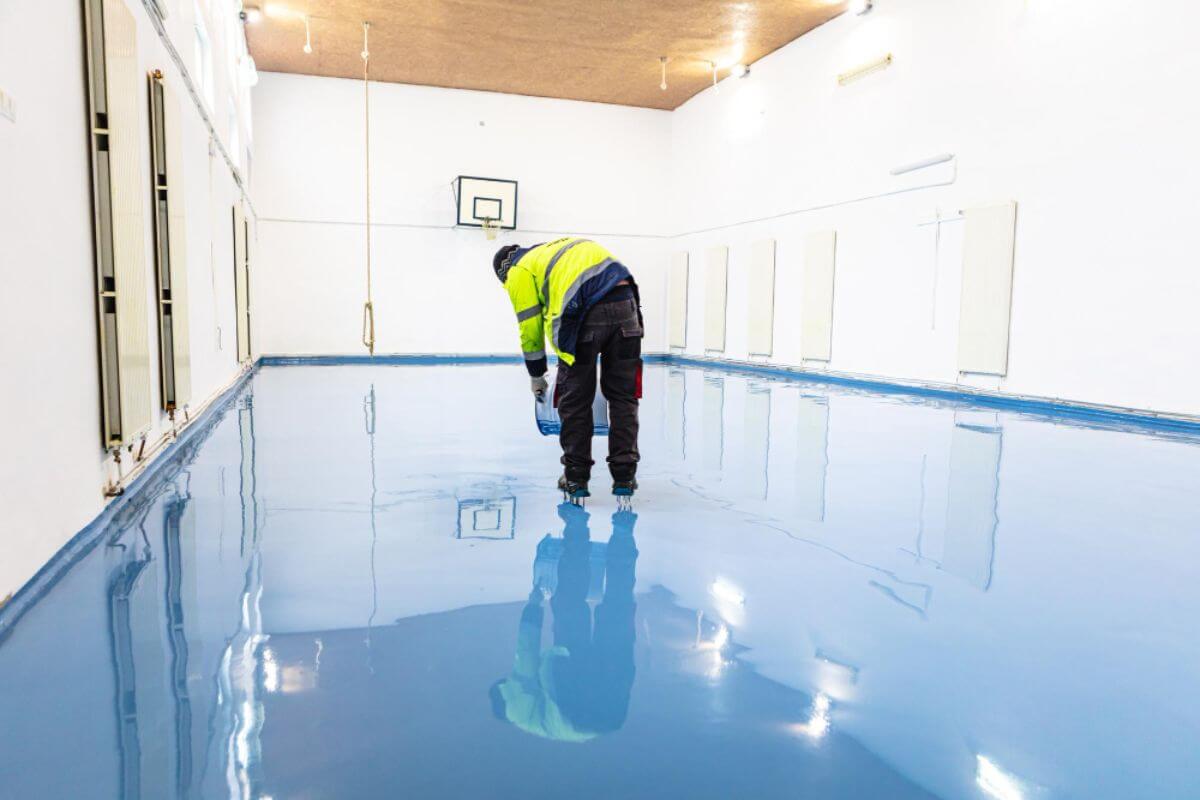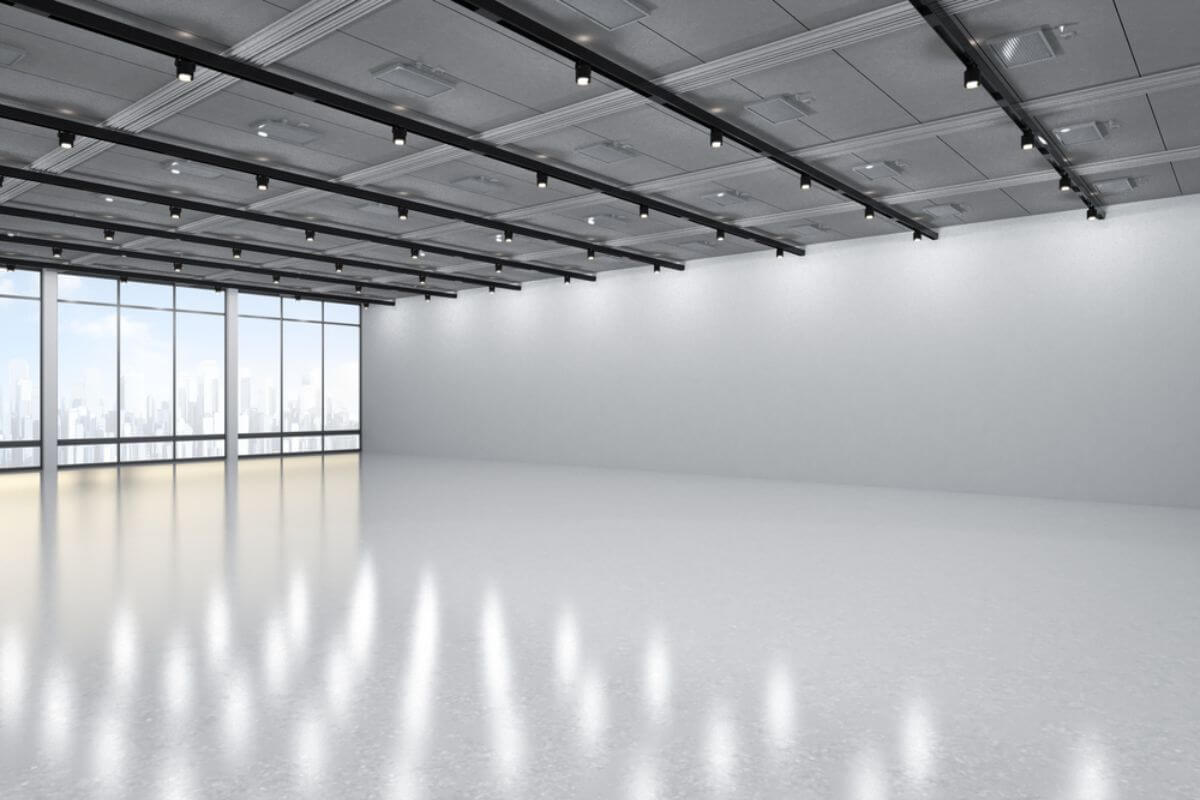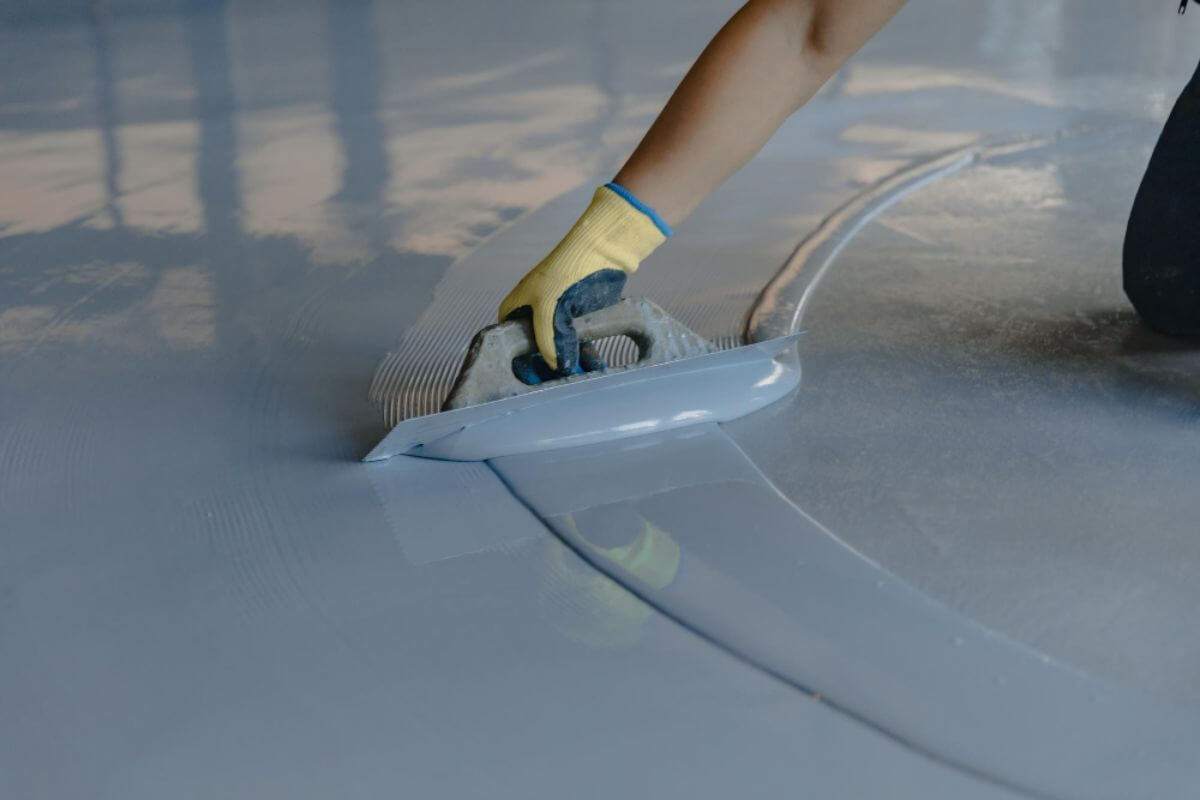4 Factors to Consider for Your Hatchery Flooring
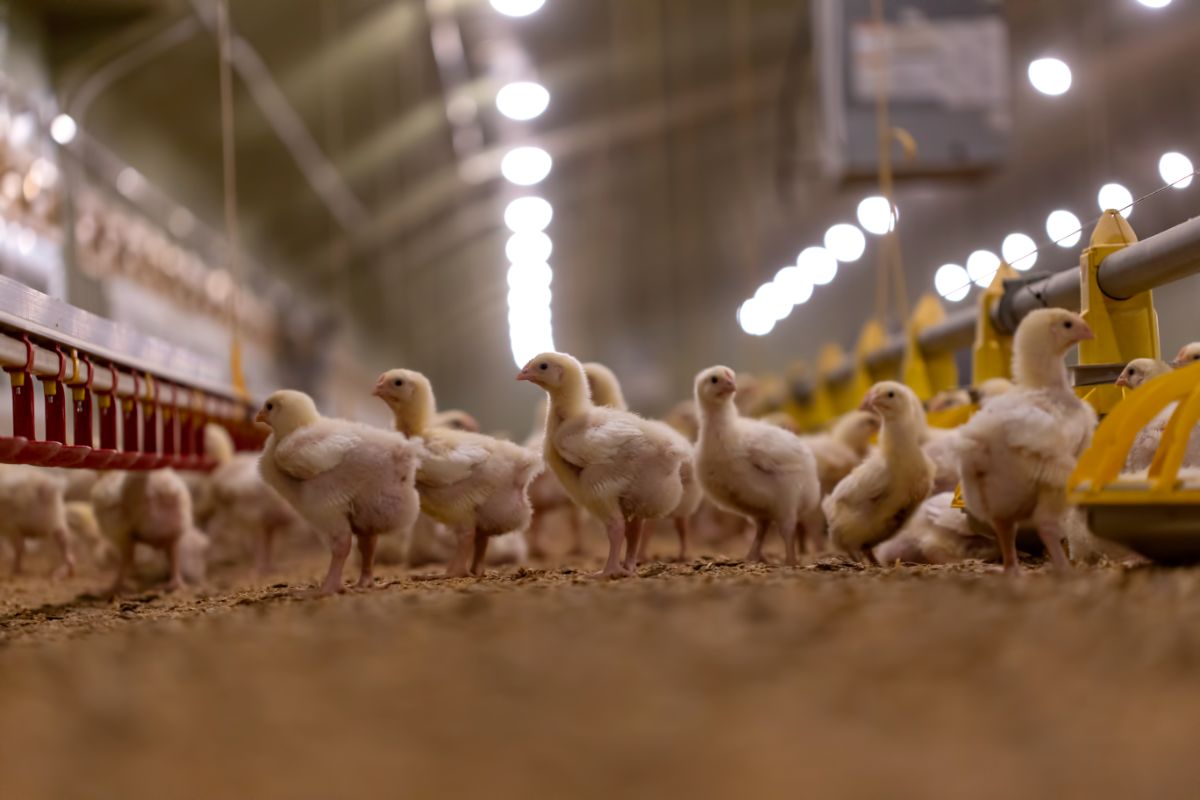
What are the different factors to consider for hatchery flooring?
- Low maintenance & Hygienic Floors
- The Drainage Systems
- Durable and Highly Resistant Floors
- Anti-Slip Floors
Many industries require a specific kind of flooring because of the different hazards that they pose. One of these industries is poultry, particularly their hatcheries. There are many factors to consider for your hatchery flooring. Keep reading to learn more!
Low maintenance & Hygienic Floors
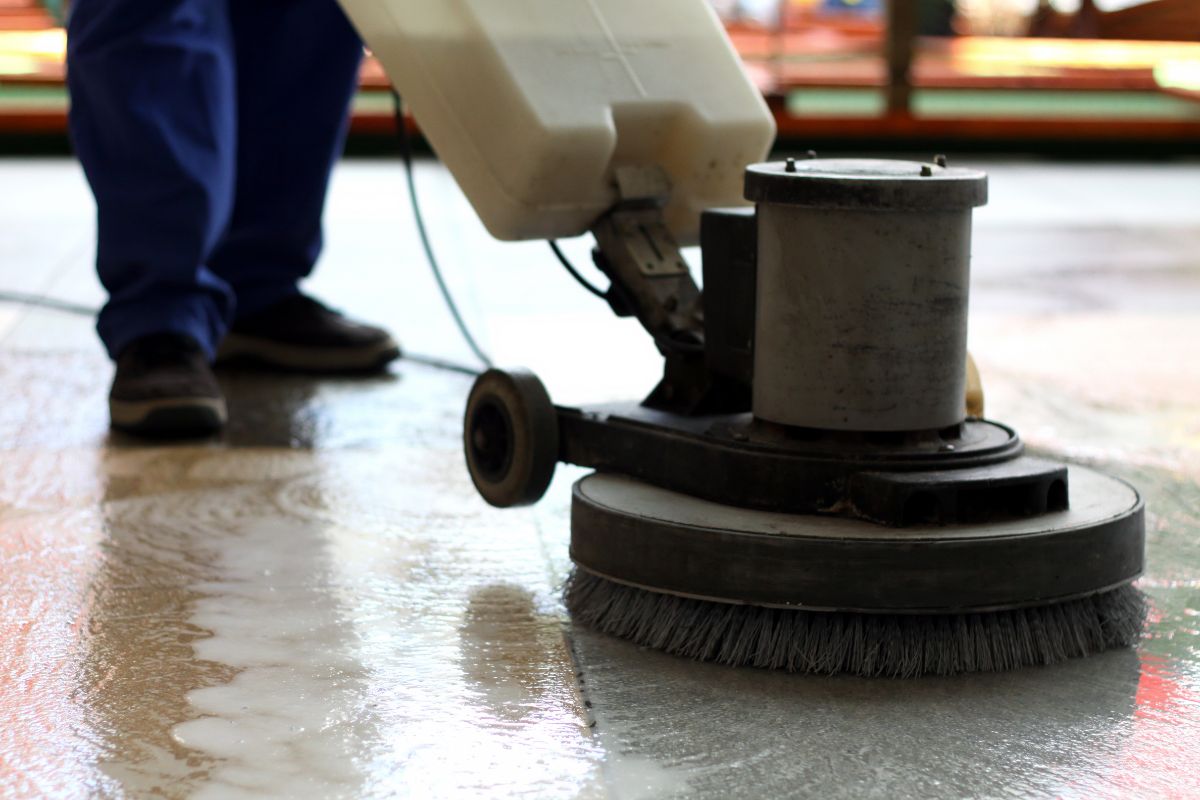
Poultry facilities are one of the most contaminated floors in the industry. That’s why hatchery floors are known to be the breeding grounds of many bacteria. This includes E. coli and even salmonella.
Chickens are also often given antibiotics, increasing their resistance. This makes the chance of bacteria spreading to workers highly likely. That’s why these floors must be easily claimed and maintained.
As much as possible, cracks and grapes should not form on the floors. These allow bacteria to grow and seep through the surface. It should also be smooth and waterproof so that dirt can easily be cleaned up.
Hatchery falls should also be light in color. Workers in the facility will be able to see any dirt spots on the floor immediately.
The Drainage Systems
A non-negotiable aspect of hatchery floors is the drainage system. However, they invite all kinds of bacteria into the facility.
In processing areas, make sure that they are placed in areas where it’s easy to access. This makes it easier to clean, lessening the risk of contamination. Find drains that also can support heavy loads.
For hatcher rooms, make sure that the drainage system is composed of wide and grilled drains. It’s more efficient to have since this is where chicks and eggs will be handled for washdowns.
Lastly, leave narrow drains for the hallways and less contaminated areas.
Durable and Highly Resistant Floors
In the industry, many workers are wary whenever there are cracks on the floor. This can easily lead to contamination and the shutdown of the entire facility, making durable floors necessary for hatcheries.
With solid flooring from the beginning, you ensure that the entire hatchery has a solid foundation from the very beginning. It should be strong enough to handle not only heavy-foot traffic but also vehicles and machines.
It’s common for loading to take place inside the hatchery, so the floor must be able to handle the weight this equipment holds.
Hatchery floors should also be resistant to all kinds of chemicals, especially in the breeding room. Many cleaning chemicals are used in these areas for disinfection. As much as possible, it should also be resistant to discoloration.
Anti-Slip Floors
For workers, the floors must be as safe as possible. Accidents like slips and falls should be avoided as well. Many accidents happen in these facilities, especially musculoskeletal injuries. In a labor-intensive environment such as this, these accidents must be avoided.
Installing anti-slip floors in your hatchery is the ideal choice to avoid these unforeseen circumstances from the very start.
Key Takeaway
There are many factors to consider for hatchery flooring. It’s a facility that is prone both to contamination and accidents because of the nature of the job. The health and safety of your workers can and should be prioritized by giving them the best floors possible.
If you don’t know the best kind of floors to get for your hatchery, you can contact us here at Flooring Solutions. We have many solutions available like epoxy flooring, that can be the best option for hatcheries.
